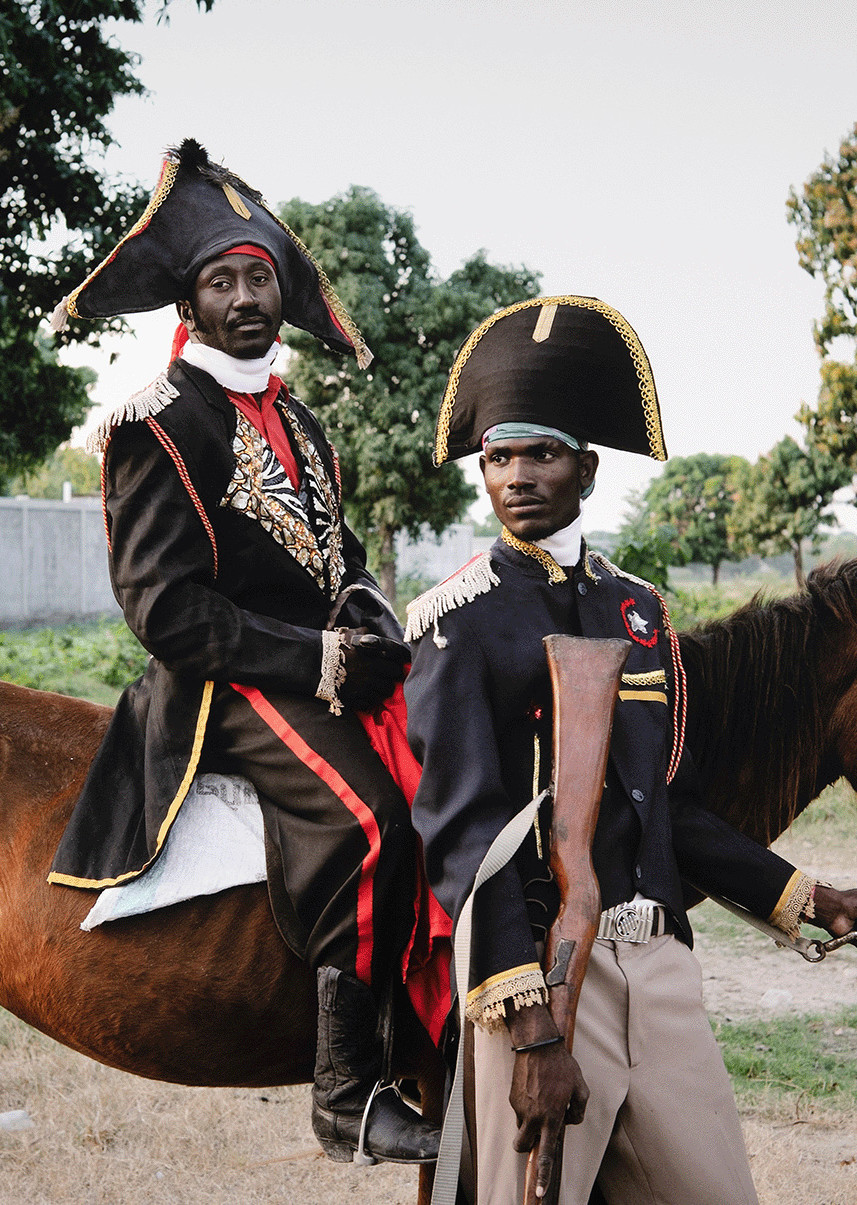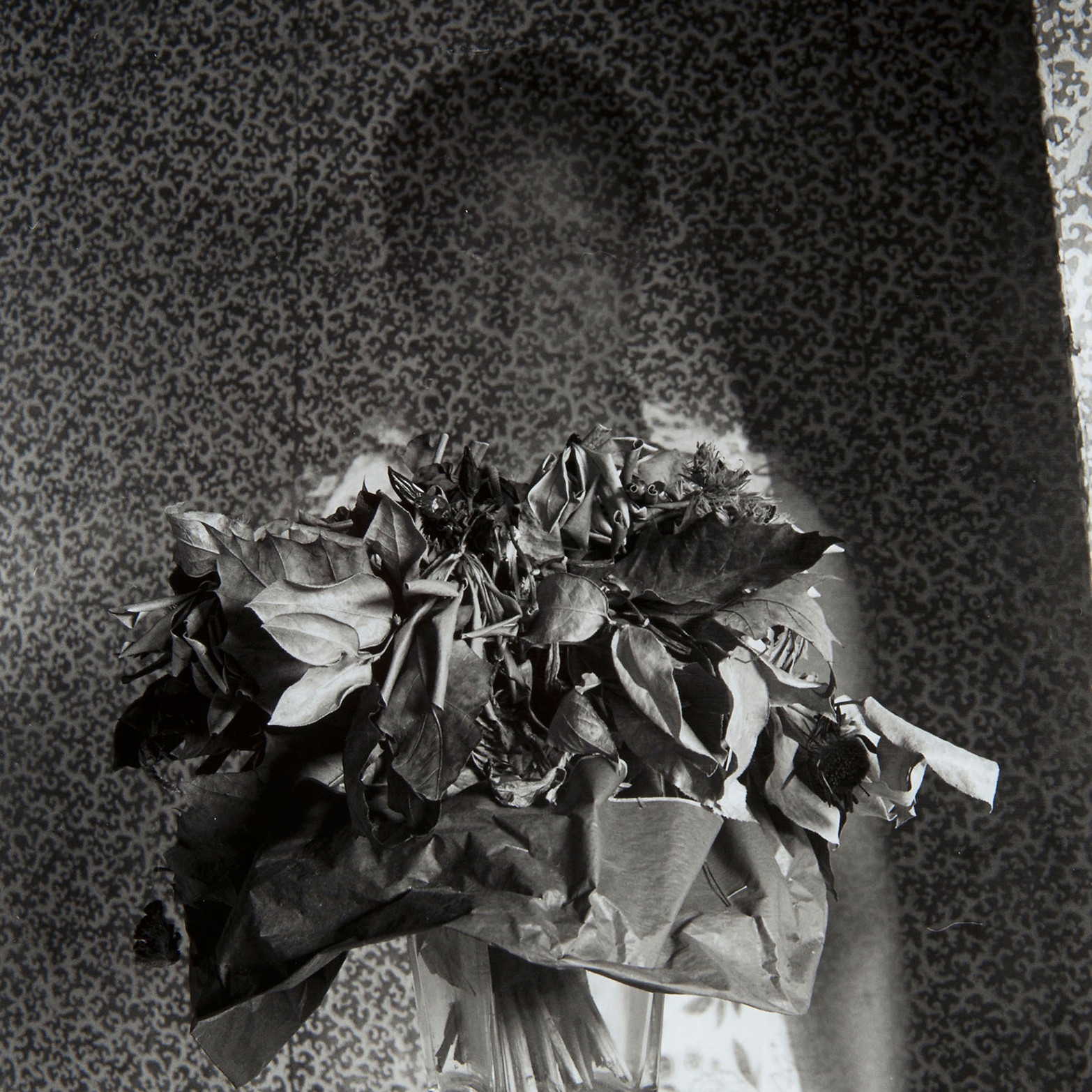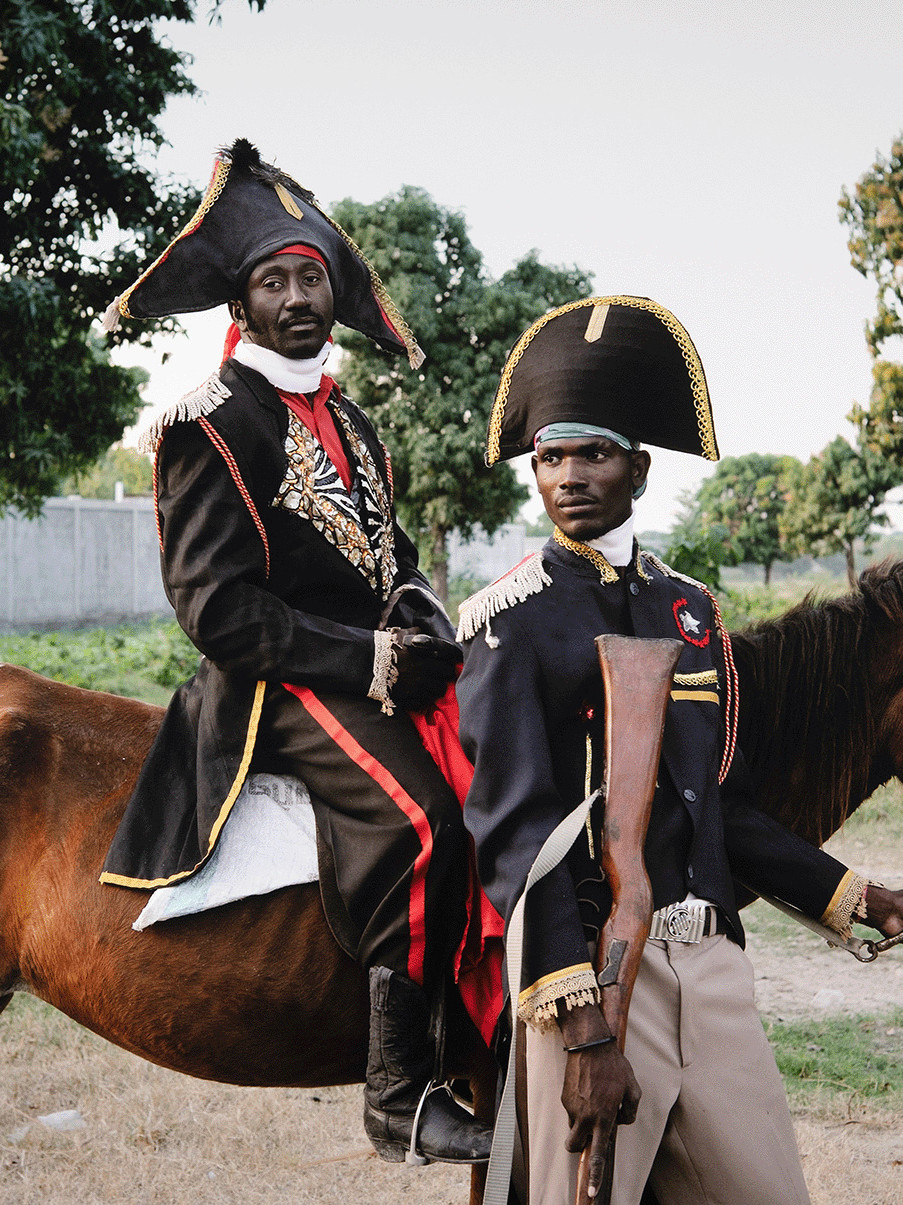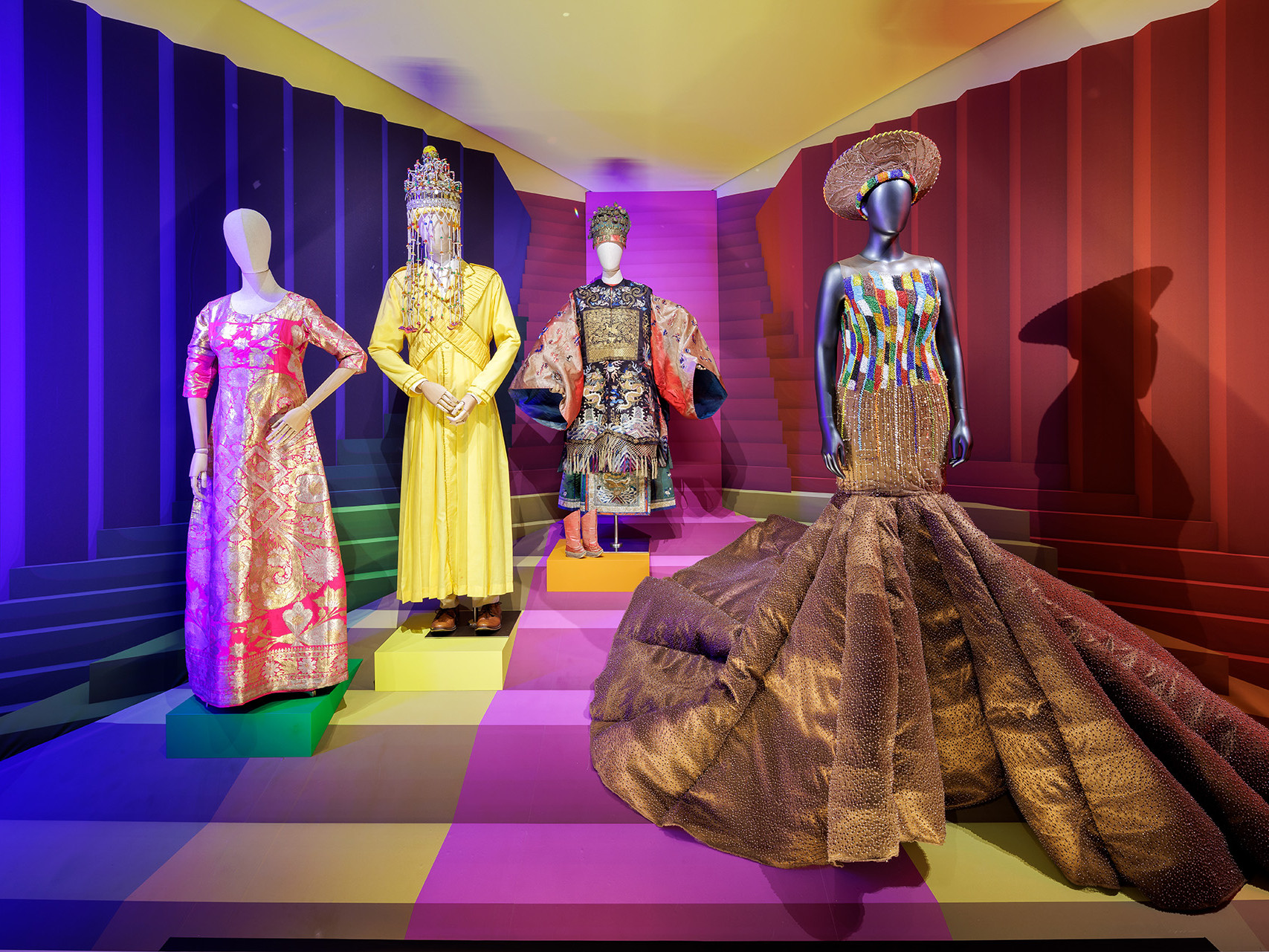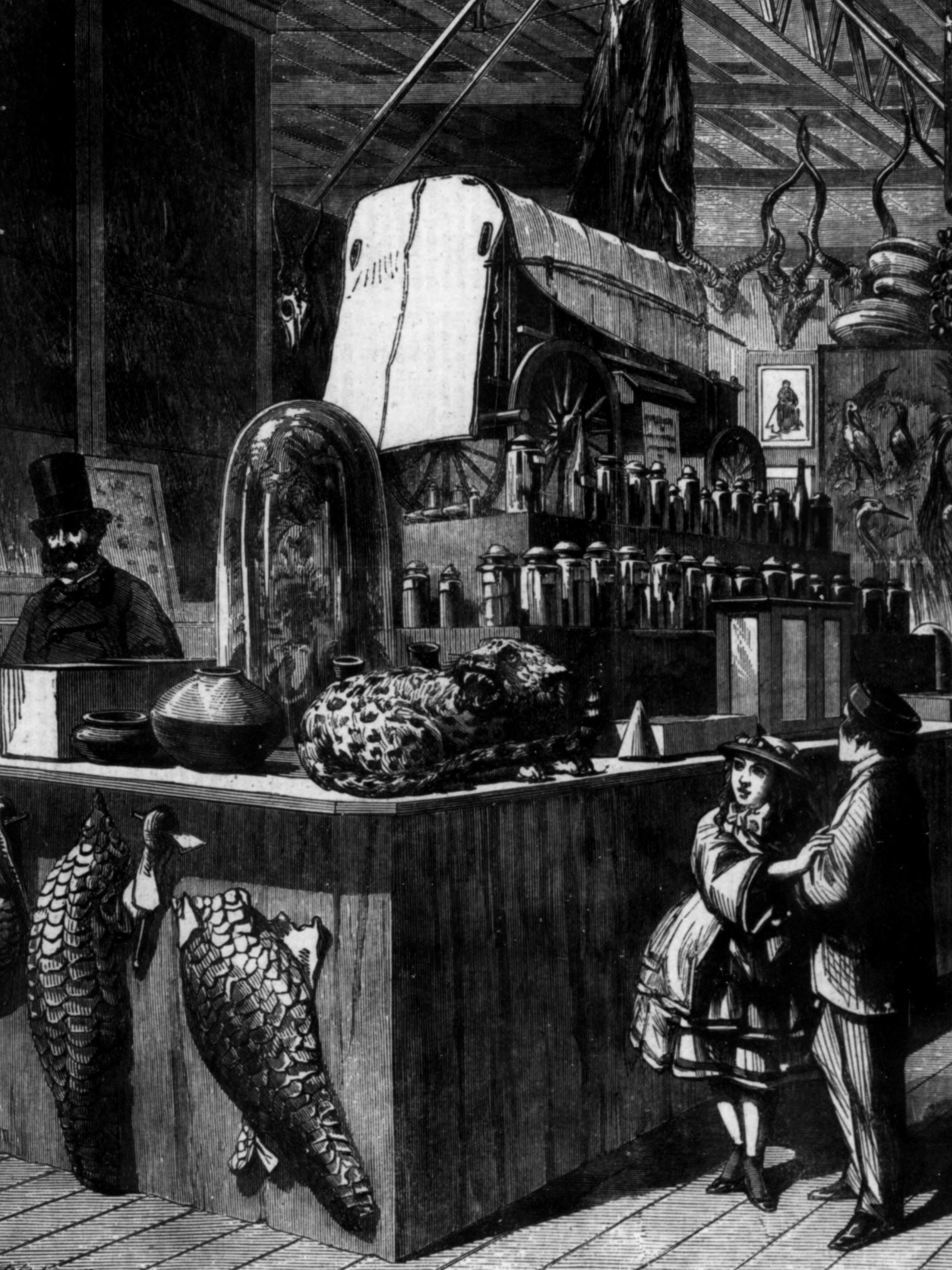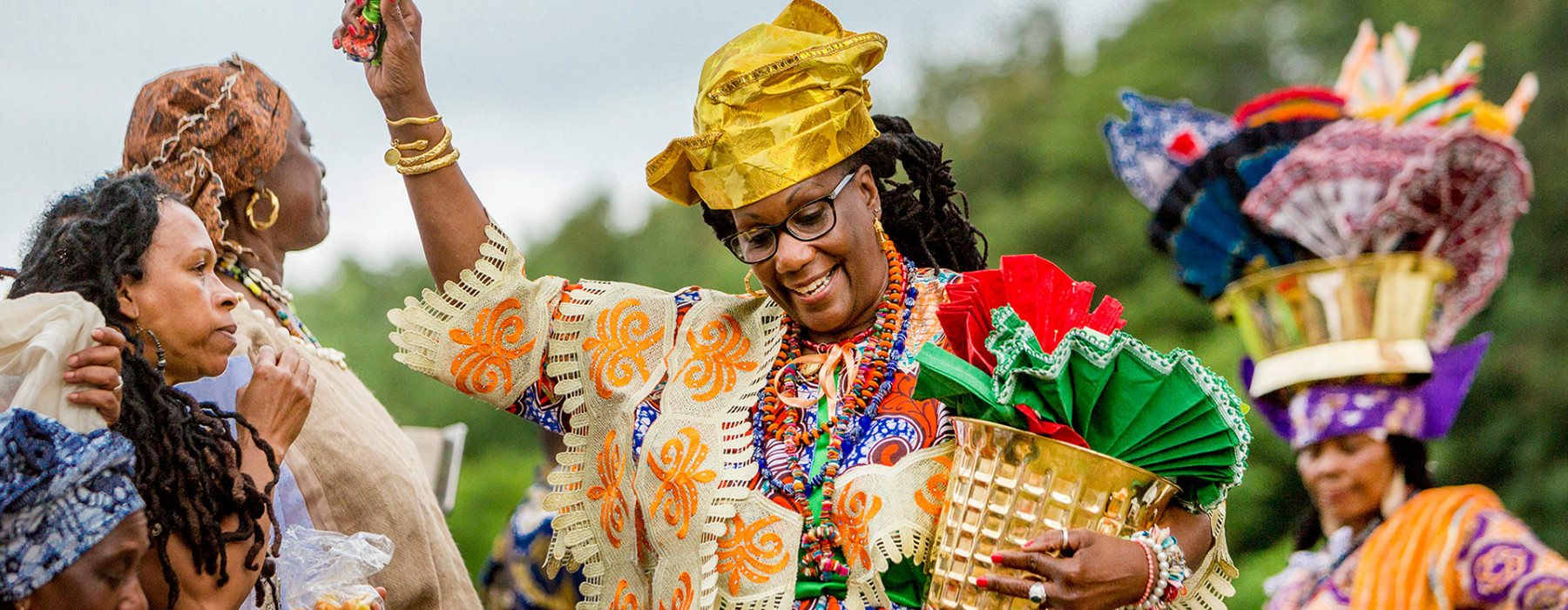
Collection Stories
The Wereldmuseum's collection consists of more than 450,000 objects. Each of these objects tells a unique story. Stories about universal themes such as celebrating, mourning, decorating, praying, loving and fighting. In our Collection Stories, we explore the world around us to better understand it. On this page you will find some of those stories.
